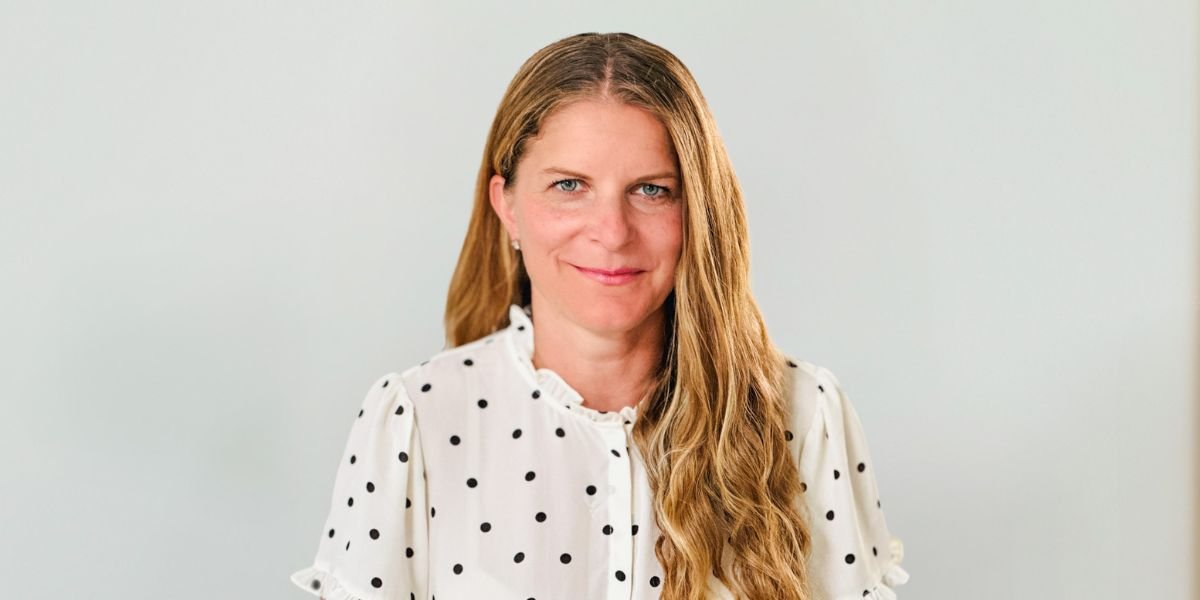By: Hannah Scott
Have you ever noticed how aluminum is practically everywhere around us? From airplanes soaring in the sky to the cans we grab from the fridge, it’s a big deal. Being lightweight and strong makes it a perfect material for making all sorts of things. But here’s the thing—the demand for aluminum is going through the roof, and the raw material we dig up to make it, called bauxite ores, is starting to run low on quality.
Now, higher-quality bauxite ores contain a greater percentage of alumina content. This helps in refining alumina in large amounts but produces less waste in the process. However, high-quality bauxite is more or less extinct in countries like Saudi Arabia, Kazakhstan, and China.
Refineries in these regions either have to import high-grade ores or rely on local low-quality ones. This creates a problem as imports increase the costs significantly while using low-grade ores produces serious amounts of waste but not enough alumina. This severely impacts the alumina supply, failing to meet the demand for aluminum production.
That’s where French entrepreneur Romain Girbal‘s company, IB2 (Improved Bauxite Improved Bayer), steps in, making sure we’ve got enough quality alumina without wrecking the planet or making costly imports.
The IB2 technology, invented by the company’s founder and CEO, Yves Occello, works in a bit of a chemistry whiz to fix this issue. Imagine turning plain, dry apples into the juiciest ones for an excellent apple pie. This tech does something similar with low-quality bauxite.
It takes these low-quality ores and converts them to bauxite with high alumina content, increasing their A/S ratio from 2.7 to around 10. This enables the refineries to extract good amounts of alumina from poor-grade local ores. IB2, thus, saves refineries from importing ores and helps them cut down the production of waste as well.
However, that’s not all that IB2 offers. The IB2 process makes bauxite refinement far more efficient. It cuts down energy consumption by 40% and bauxite consumption by 25%, enabling the refineries further to meet the demands.
Similarly, on the pollution side, IB2 reduces the production of red mud by 60%. Red mud is a toxic by-product of bauxite refinement that is produced in large amounts when using low-grade ores. It is challenging to dispose of and, if improperly handled, can cause severe consequences.
Besides that, the IB2 process also produces a by-product called Tobermorite. Tobermorite is often called green cement and finds its application in different industries and decarbonization processes. Selling this by-product can further increase revenue for bauxite refineries.
So, how can refineries access the IB2 technology? Well, the company will set up its unit with the existing refinery infrastructure. There is no need for structural modifications or major changes in the process. The IB2 unit acts as an extension of the refinery, making the installation and running smoother.
Girbal, as the co-founder and board member of IB2, says, “Experts at IB2 bring a combined experience of 400 years. Some of us have actively contributed to the development of industry and others have co-invented several patents. But the main goal of us all has been the same: to make industries more efficient, sustainable, and greener. That’s what we aim to do with the bauxite industry through IB2.”
So, there you have it—Romain Girbal’s IB2 technology, the innovation the aluminum world needed. It’s taking not-so-great bauxite ores and turning them into high-alumina-content raw materials, helping us make more aluminum without relying on costly imports or wrecking the environment. To learn more about it, contact the IB2 team here.
Published by: Holy Minoza









